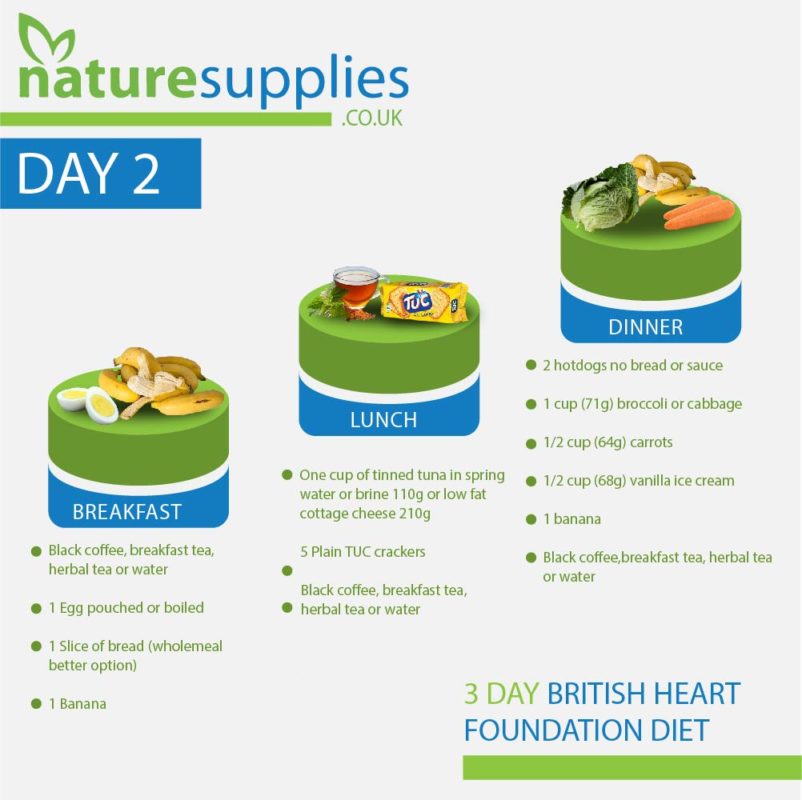
Yoga is often thought of as a way to lose calories, but many people don't believe it does. They should incorporate traditional cardio into their routine. While some types of exercise may be more enjoyable and healthier for your heart, they do not burn calories as effectively. If you want to see the calorie-burning benefits of yoga, consider the following facts. You might be surprised. Here's what experts have to say. You can also try a few of your favorite types of yoga.
Hatha yoga
You may have wondered if yoga really does burn calories if you were considering it as a way of losing weight. It actually does. Every type of yoga has the ability to help you lose calories. A basic class of one hour could burn as many as 183 calories an hour. This is an average figure, so increase the intensity to reap the maximum benefits.
Bikram yoga
Bikram yoga may be believed to burn calories and fat, but it is not. Many people who take up this intense exercise lose weight, and build lean muscle. Studies conducted by Colorado State University indicate that hot yoga can burn between 1,000 and 1,500 calories per session. Although the intensity of the exercise will vary depending on the individual, the average person will burn between 33 and 460 calories per session.

Power yoga
Power yoga is a new kind of yoga. Although yoga has been an established form of exercise, it can also be very challenging. It combines longer asanas with less time between each pose to create a continuous flow of movements, which increases the risk of sweating and stretching every limb. Power yoga, just like any exercise, is best done by someone who knows the movements of the body and has good physical fitness.
Restorative Yoga
Restorative Yoga is an excellent option for those looking for a restorative workout that burns calories and also relaxes. These yoga poses work on your breathing, relaxation, stress management and flexibility. Plus, restorative yoga is good for those suffering from chronic pain, as it helps reduce the buildup of subcutaneous fat. You can read on to learn about these relaxing workouts. You might be shocked to find out that restorative and therapeutic yoga can also help you lose fat.
Kakasana
Kakasana is a cardio workout that also helps to lubricate joints, muscles, and ligaments. It can also increase circulation and strengthen the core. For the spine to be flexible and strong in the supine position, it must be strong. You will also need to adduct your legs and hug your knees to the side. This pose can help with problems with your knees.
High lunge
The high lunge position is an excellent option for yoga to help you burn calories. This pose opens the hips and strengthens the legs. You can do this pose even if you have injured your knee. Keep in mind not to go deep. Rather, extend the heel of the back foot through the front leg to deepen the lunge. Once you're ready to move on to the next pose, try to keep your back foot from sneaking inward.

Chaturanga Dandasana
Chaturanga Dadasana is a plank pose that helps you lose weight. This position involves activating the entire core and limbs as well as toning your arms, back, shoulders and wrists. It can also help you lose weight and improve your posture.
Vinyasa yoga
The basic premise of a Vinyasa yoga class is to burn more calories than you consume. Through continuous movement and cardiovascular exercises, you can create a deficit in calories. A 90-minute class can burn approximately 920 calories for someone weighing 155 lbs. At 185 pounds, you'll burn around 1,098 calories. Although most studios will offer 90-minute Vinyasa classes, you can find shorter classes, as well.
Yin Yoga
You've probably heard about Yin Yoga before. It's a type or restorative yoga where you hold a pose for a few seconds to several minutes. The more you hold a pose, and the deeper the relaxation response and stretch, the longer it is. This can be an excellent addition to a weight training or dynamic yoga program. This type of yoga is perfect for those who are tired or recovering from an injury. You can even make it part of a 30-day challenge if you do it correctly.
FAQ
Is there a difference between intermittent fasting, calorie restriction, and intermittent fasting?
Calorie restriction can be defined as eating less than your body needs. Intermittent fasting differs from other types of intermittent fasting in that it does not restrict calories. Instead, the emphasis is on eating fewer calories each day.
Intermittent fasting can be more effective as it allows you to eat the foods you love and not feel guilty.
Both methods have their merits and weaknesses. It is up to you to decide which method you prefer.
Is intermittent fasting affecting my sleep quality?
Intermittent fasting is a good thing for your sleep. Your hunger hormones rise when you skip meals. As a result, you may find yourself waking up at night.
Experts recommend skipping breakfast. Instead, they suggest having a light snack before bedtime.
If you still feel hungry after eating this snack, you may want to eat a small breakfast before going to bed.
Be careful not to overeat. If you do, you will gain weight rather than losing it.
How long does a weight loss process take?
It takes time for weight loss. It usually takes six months for you to lose 10%.
You should not expect to lose weight overnight. Your body will take time to adjust to changes in diet.
This means that you should gradually change your diet over several days or weeks.
Fad diets are not recommended as they don't work. Instead, try to change your daily routine.
You should stop eating unhealthy snacks late at nights, for example.
Instead, you should eat healthier meals earlier in the evening. This way, you'll avoid snacking later in the night.
It is important to drink lots of water throughout the day. Water keeps you hydrated and prevents your body from becoming dehydrated. Dehydration can make you feel tired and weak.
A lot of water throughout the day is a great way to stay energized.
You can reduce stress by relaxing. You can spend time with family members, for example.
Or you could read books, watch movies, listen to music, etc.
These activities will help to relax and unwind from stressful situations. They will also improve your mood, self-esteem, and overall well-being.
So, when you're trying to lose weight, you should always think about your health first.
Your physical fitness level is an indicator of your overall health. If you are looking to improve your physical fitness, it is important that you eat well and do regular exercise.
Statistics
- A 12-week study in 20 women with obesity found that walking for 50–70 minutes 3 times per week reduced body fat and waist circumference by an average of 1.5% and 1.1 inches (2.8 cm), respectively (healthline.com)
- One study in 9 active men found that HIIT burned 25–30% more calories per minute than other types of exercises, including weight training, cycling, and running on a treadmill (18Trusted Source (healthline.com)
- It's estimated that half of all American adults attempt to lose weight every year (1Trusted (healthline.com)
- According to Harvard Health, it's estimated that a 155-pound (70-kg) person burns roughly 112 calories per 30 minutes of weight training (5). (healthline.com)
External Links
How To
How to Lose Weight Fast Without Exercise
The best way to lose weight fast without exercise is to eat fewer calories than you burn. This will allow your body to begin burning stored fat for energy. In order to get enough calories your body will start to degrade muscle tissue. This can lead to some muscle loss. Even if you do not exercise while on a diet, you can still lose weight. However, you will likely lose more muscle mass.
Losing weight quickly without losing weight is as easy as reducing your calorie intake. Many people believe that they need to reduce their food intake in order to lose weight. However, this is not true. If you are looking to lose weight, it is important to consume fewer calories per day than you burn. How much food should you eat each day? It depends on how much you exercise each day. A runner who walks three miles each day would only need about 2,500 calories per week. Someone who works at a desk all day long would require around 1,600 calories daily. However, someone who exercises regularly (like lifting weights) would require around 2,000 calories daily.
When you want lose weight, it is important to cut down on your caloric intake. Many people think that they should eat less food because they feel like they're starving themselves. However, this is false. Your body doesn’t care what you eat; it wants to function properly. It is important to monitor your calorie intake in order to lose extra weight. Many online apps allow you to track your calorie intake. MyFitnessPal is one of the most popular apps.